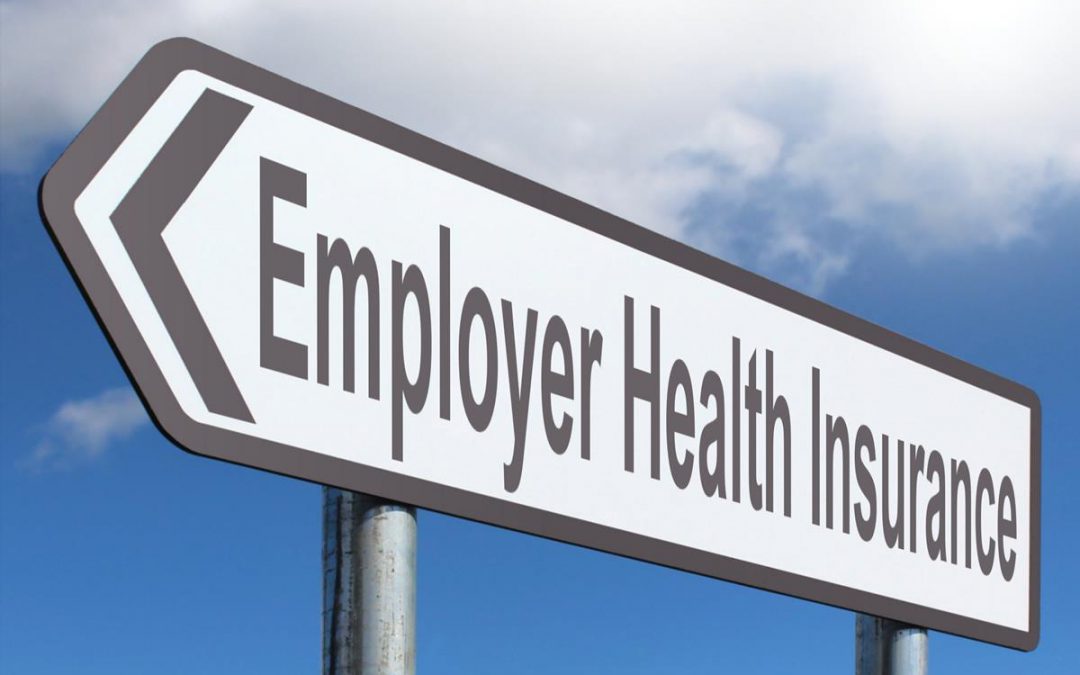WASHINGTON – Big companies are fighting back against the spiraling costs of employee health care by shaking up how care is delivered and paid for – including direct contracting with health care providers or tying pay to quality of total patient care, a new report says.
According to a report on large employers’ 2019 health care strategy by National Business Group on Health, the cost to companies of providing medical and pharmacy benefits is projected to increase 5 percent next year – to $15,0000 per employee, the sixth year that costs have risen. The National Business Group on Health, which helps companies to address health care issues such as health care costs, surveyed 170 large employers, with a total of more than 19 million employees and dependents.
“This trend (is) unaffordable and unsustainable over the long term,” said National Business Group on Health President, Brian Marcotte.
To reverse or slow the increases, nearly half of the companies are driving changes in the health care delivery system by contracting with a group of health care providers that jointly serve a defined population of patients, directly contracting with health care providers to get medical and other care for their employees, or implementing digital solutions, the NBGH report said.
Thirty-five percent are implementing alternative payment and delivery models such as accountable care organizations or high-performance networks either directly or through their insurers’ plans.
An ACO is an association of health care providers that ties its charges to quality metrics for a defined population of patients. It is one of the most well-known means of offering value-based care, which aligns incentives and promotes a patient-centered approach, said Cathryn Donaldson, spokeswoman for America’s Health Insurance Plans, a national association of health insurance companies. Other value-based care models include patient-centered medical homes, bundled payments, and other care models that ensure doctors have a full view into the whole health of a person, she said.
The ACOs are expected to change the health care providers’ incentives to be more oriented toward monitoring people’s conditions, being accessible to patients in between offices, and managing chronic illness, said Eliot Fishman, senior director of health policy at Families USA, a consumer health advocacy organization.
“The hope with this payment methodology is that different parts of the system are now stitched together in a way that they are communicating with each other and there is a primary care physician who is quarterbacking,” said Fishman.
Meanwhile, the NBGH report said that direct contracting with health systems and providers is projected to rise steeply from 3 percent now to 11 percent next year.
The Henry Ford Health System, a Detroit-based health care and medical services provider, signed such a direct contract with General Motors earlier this week, providing more than 3,000 primary care and specialty doctors as well as a range of other services, to up to 24,000 salaried General Motors employees and their families in Southeast Michigan.
GM wants to improve employee health and “offset rising health care costs,” said Sheila Savageau, General Motors’ U.S. health care leader, in a statement.
Employers are also looking beyond the traditional health care industry for help.
“Seven in 10 employers believe new market entrants from outside the health care industry are needed to disrupt health care in a positive way. These disruptors include innovators from Silicon Valley and elsewhere,” said Marcotte.
Virtual care, providing health care online, has offered a variety of health care solutions including lifestyle coaching, chronic condition management, medical and surgical decision support, and emotional wellbeing and cognitive behavioral therapy, Marcotte said.
Half of the employers surveyed by NBGH identified implementing more virtual care solutions as their top health care initiative for 2019.
“Productivity is an important factor in cost and moving appropriate kinds of service delivery online is a way to enhance productivity,” Fishman said.

